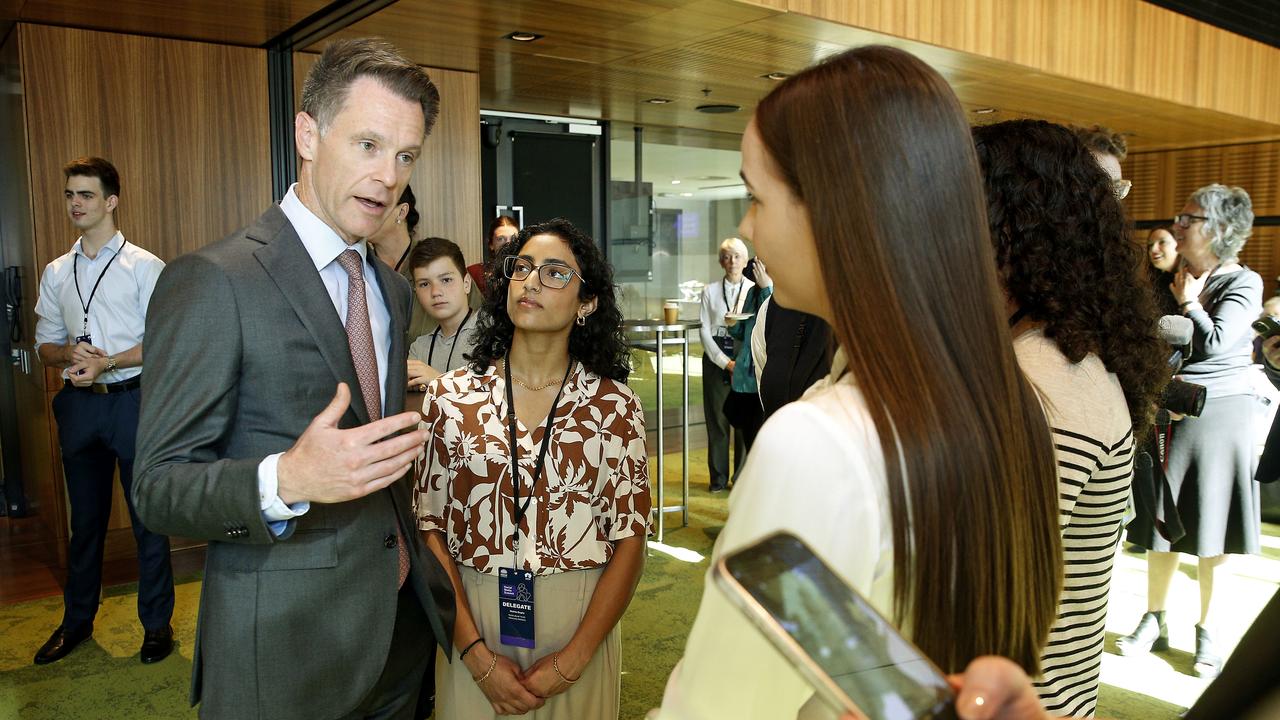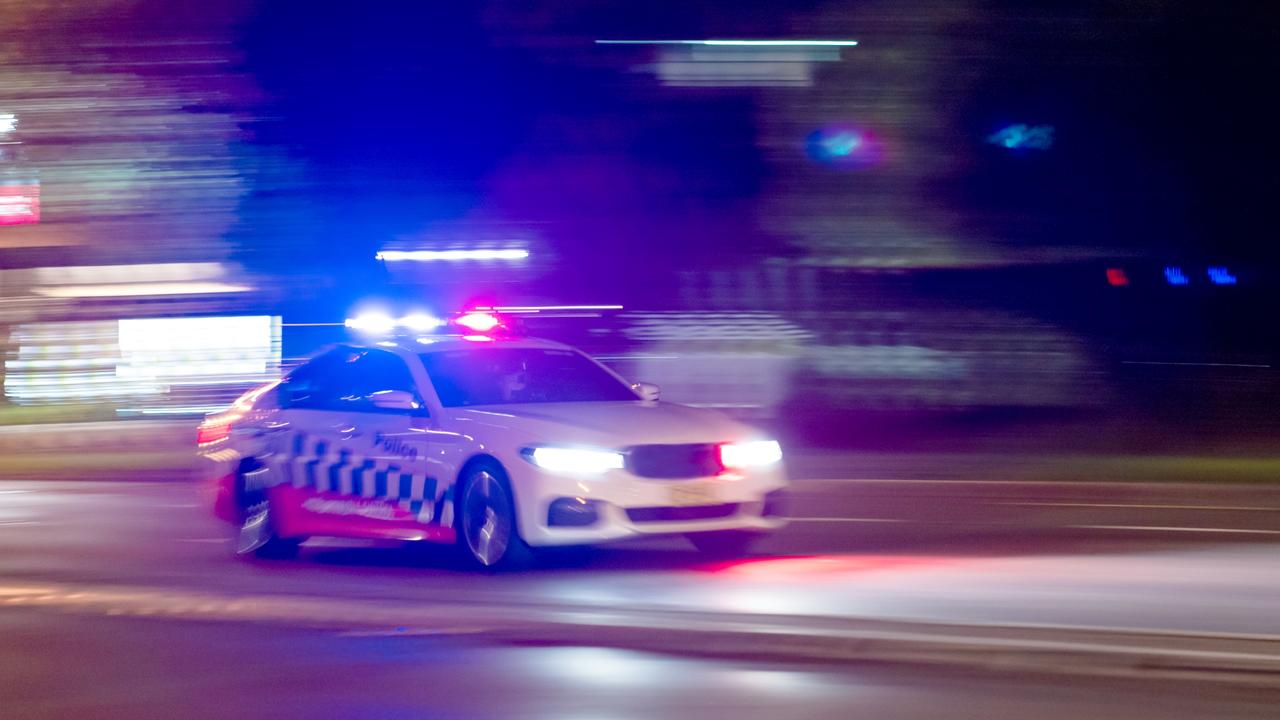NSW random drug tests catching more drivers under the influence
Drivers high on cocaine, marijuana and ice are increasingly being caught out on our roads with internal government data now revealing drug-impaired motorists are killing more people in traffic crashes than drunks behind the wheel.
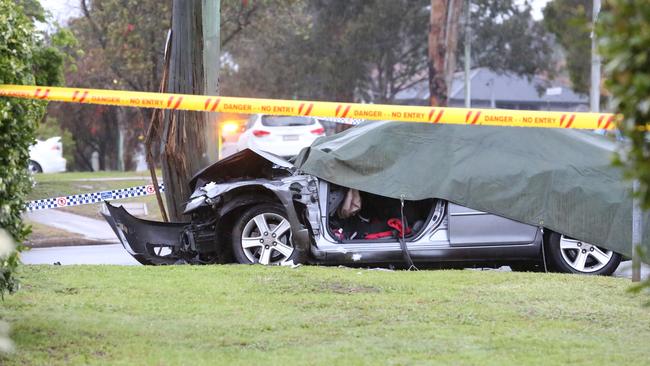
NSW
Don't miss out on the headlines from NSW. Followed categories will be added to My News.
Drivers high on cocaine, marijuana and ice are increasingly being caught out on our roads with internal government data now revealing drug-impaired motorists are killing more people in traffic crashes than drunks behind the wheel.
Separate police figures reveal that the worst offenders being picked up in ramped-up police mobile drug tests are ice-affected motorists, with 5888 drivers on meth nabbed in NSW last year and another 2675 caught out in the first six months of this year.

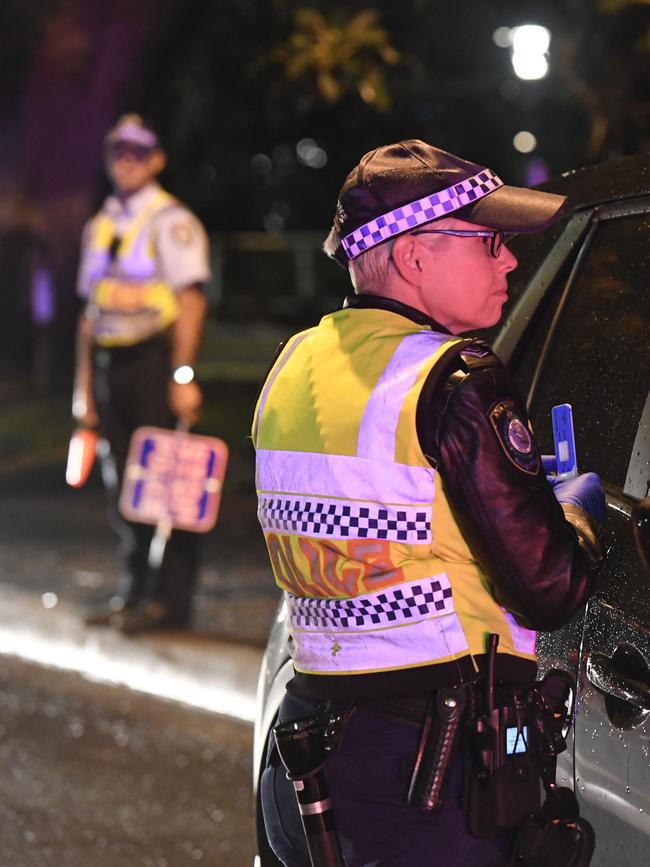
The Force’s random roadside testing push is gearing up after authorities discovered drug-impaired drivers are killing more people on our roads than those under the influence of alcohol — with 69 fatalities last year involving drugs compared to 64 from alcohol.
Dopey marijuana users are also being swept up under the mobile roadside tests, with almost 2000 caught in the first half of this year and 4820 last year, according to NSW Police Force internal data obtained under Freedom of Information laws.
Cannabis smokers were linked to more crashes than any other drug users — 42 fatal crashes in 2018 and 119 non-fatal accidents. Experts say such drivers have an inability to respond to threats or dangers on the road.
Under the Mobile Drug Testing program, motorists are given a saliva test, with the results sent away to NSW Health Pathology’s forensic labs if traces of illicit drugs are found.
A test for cocaine only began in the middle of last year, but the FOI data also reveals it as a growing menace, given it was detected in the blood of five drivers involved in fatal crashes and 15 drivers tested after non-fatal crashes in 2018.
After the cocaine test was brought in, 110 motorists were picked up in three months. By comparison, in the three months to July this year, the figure had almost tripled, to 304 detections.
Cocaine has been found to give drivers false confidence and lead them to take more risks and become irritable.
“We are concerned at the push to normalise drugs such as cannabis and the health implications of people jumping into their cars and putting other motorists at risk — it’s a recipe for disaster,” Drug Free Australia’s Jo Baxter said.
The Berejiklian government is doubling the number of roadside tests in the face of growing fatalities.
Among the 69 people killed in crashes involving a driver or rider who took drugs was 62-year-old nurse Kay Shaylor, who died near Gosford when her vehicle was hit by a suspended L-plate driver who had smoked bongs and taken ice.
“Driving with drugs in your system is not only illegal, it’s extremely dangerous and puts your life and the lives of all other road users at risk,” Centre For Road Safety executive director Bernard Carlon said.
“Final fatal crash data shows that over the nine years from 2010 to 2018 there were a total of 2997 fatal crashes of which 499 (17 per cent) were found to have had at least one driver or rider with an illicit drug in their system,” he said. All up, those 499 fatal crashes caused the deaths of 553 people. Over the same time period there were 526 deaths where alcohol was a factor — an average of 16 per cent of fatalities.
By October 2019, alcohol involvement had dropped to 13.8 per cent of fatal crashes. “This means that over this period fatalities from crashes involving at least one driver or rider found to have had an illicit drug in their system have higher prevalence than fatalities involving illegal levels of alcohol,” Mr Carlon said.
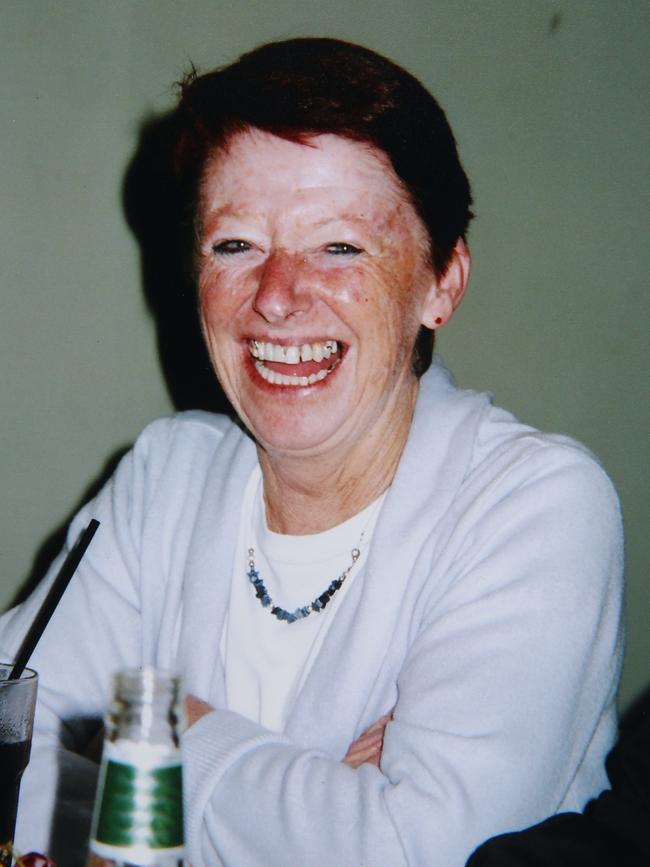

Ice-impaired drivers were involved in 28 fatalities and 119 non-fatal crashes.
Swinburne University psychopharmacology expert Professor Con Stough said his research had found ice resulted in “an increase in tunnel vision, so a focus of our attention and an inability to process information in the periphery. Again methamphetamine increases impulsivity and translates into a lack of inhibitory processes that can be very dangerous on the road.”
He also said alcohol use was decreasing in certain segments in society and drug use increasing.
“Certainly methamphetamine, cannabis and cocaine are frequently identified in studies that examine car crashes in which there are significant injuries or deaths.”
The number of motorists being pulled over for checks has been increasing steadily, from 7555 in January last year to 16,826 in August this year.
In total 138,320 mobile drug tests were carried out in the 2018-19 financial year and police expect that by the end of next year the number will have risen to 200,000 a year.
Originally published as NSW random drug tests catching more drivers under the influence


